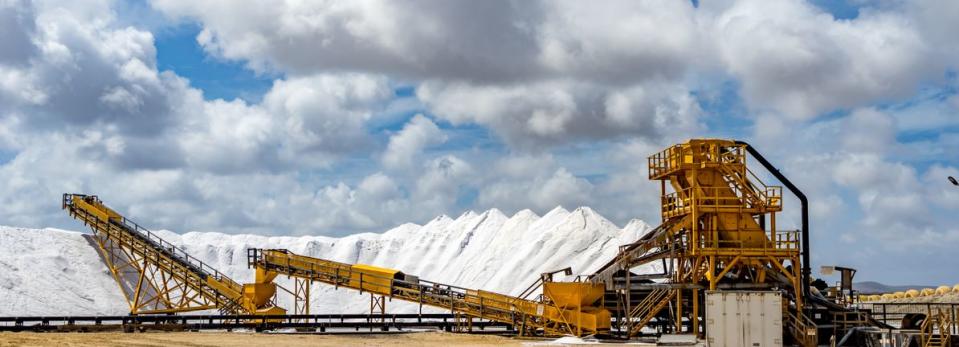Is Macmahon Holdings Limited (ASX:MAH) Investing Effectively In Its Business?

Today we'll evaluate Macmahon Holdings Limited (ASX:MAH) to determine whether it could have potential as an investment idea. Specifically, we're going to calculate its Return On Capital Employed (ROCE), in the hopes of getting some insight into the business.
First up, we'll look at what ROCE is and how we calculate it. Then we'll compare its ROCE to similar companies. Then we'll determine how its current liabilities are affecting its ROCE.
What is Return On Capital Employed (ROCE)?
ROCE is a metric for evaluating how much pre-tax income (in percentage terms) a company earns on the capital invested in its business. All else being equal, a better business will have a higher ROCE. In brief, it is a useful tool, but it is not without drawbacks. Renowned investment researcher Michael Mauboussin has suggested that a high ROCE can indicate that 'one dollar invested in the company generates value of more than one dollar'.
How Do You Calculate Return On Capital Employed?
The formula for calculating the return on capital employed is:
Return on Capital Employed = Earnings Before Interest and Tax (EBIT) ÷ (Total Assets - Current Liabilities)
Or for Macmahon Holdings:
0.11 = AU$68m ÷ (AU$940m - AU$320m) (Based on the trailing twelve months to December 2019.)
So, Macmahon Holdings has an ROCE of 11%.
Check out our latest analysis for Macmahon Holdings
Does Macmahon Holdings Have A Good ROCE?
When making comparisons between similar businesses, investors may find ROCE useful. We can see Macmahon Holdings's ROCE is around the 9.7% average reported by the Metals and Mining industry. Regardless of where Macmahon Holdings sits next to its industry, its ROCE in absolute terms appears satisfactory, and this company could be worth a closer look.
Macmahon Holdings reported an ROCE of 11% -- better than 3 years ago, when the company didn't make a profit. This makes us wonder if the company is improving. The image below shows how Macmahon Holdings's ROCE compares to its industry, and you can click it to see more detail on its past growth.
Remember that this metric is backwards looking - it shows what has happened in the past, and does not accurately predict the future. ROCE can be deceptive for cyclical businesses, as returns can look incredible in boom times, and terribly low in downturns. ROCE is, after all, simply a snap shot of a single year. We note Macmahon Holdings could be considered a cyclical business. What happens in the future is pretty important for investors, so we have prepared a free report on analyst forecasts for Macmahon Holdings.
Do Macmahon Holdings's Current Liabilities Skew Its ROCE?
Current liabilities are short term bills and invoices that need to be paid in 12 months or less. The ROCE equation subtracts current liabilities from capital employed, so a company with a lot of current liabilities appears to have less capital employed, and a higher ROCE than otherwise. To counter this, investors can check if a company has high current liabilities relative to total assets.
Macmahon Holdings has total assets of AU$940m and current liabilities of AU$320m. Therefore its current liabilities are equivalent to approximately 34% of its total assets. Macmahon Holdings has a middling amount of current liabilities, increasing its ROCE somewhat.
Our Take On Macmahon Holdings's ROCE
With a decent ROCE, the company could be interesting, but remember that the level of current liabilities make the ROCE look better. Macmahon Holdings shapes up well under this analysis, but it is far from the only business delivering excellent numbers . You might also want to check this free collection of companies delivering excellent earnings growth.
For those who like to find winning investments this free list of growing companies with recent insider purchasing, could be just the ticket.
If you spot an error that warrants correction, please contact the editor at editorial-team@simplywallst.com. This article by Simply Wall St is general in nature. It does not constitute a recommendation to buy or sell any stock, and does not take account of your objectives, or your financial situation. Simply Wall St has no position in the stocks mentioned.
We aim to bring you long-term focused research analysis driven by fundamental data. Note that our analysis may not factor in the latest price-sensitive company announcements or qualitative material. Thank you for reading.

 Yahoo Finance
Yahoo Finance 
